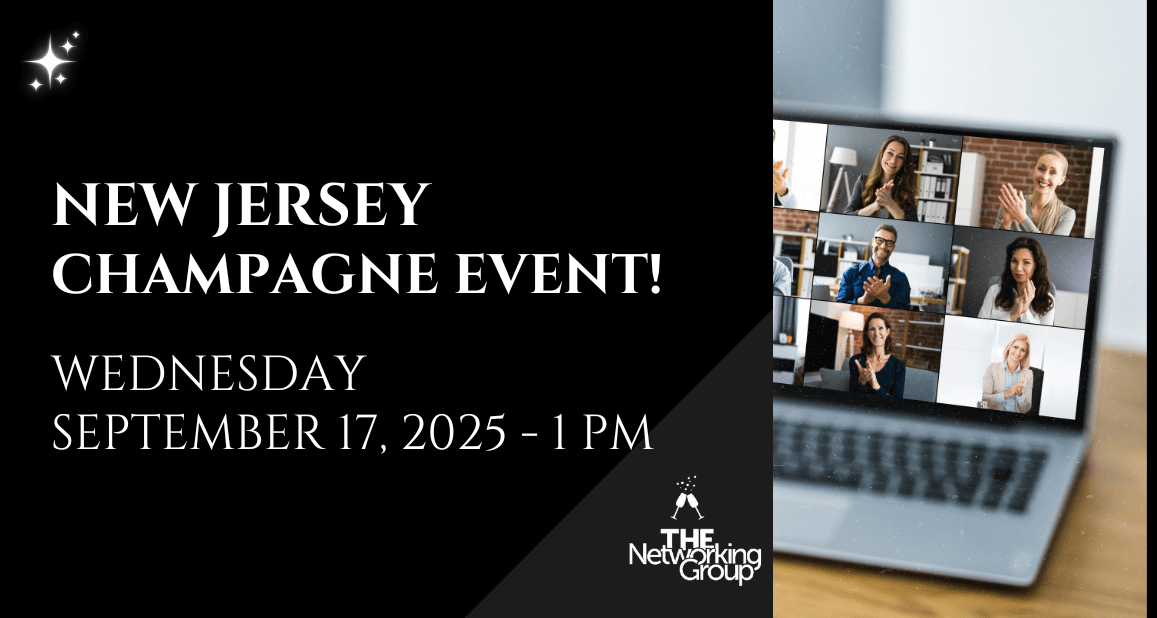Blog
Goal-setting with Neurodivergent Employees

A brief guide for managers: How to help neurodiverse employees set goals — job-related, task-related, and career-related — and follow through on them.
Written by Susan Fitzell
Managing a neurodivergent employee – someone with autism, dyslexia, ADHD, or another diagnosis – can be a perplexing challenge. Each neurodivergent employee is an individual with their own unique set of skills and challenges. Some have trouble retaining information, and others have trouble focusing, and so on. How do you, as a manager, help neurodivergent employees meet their goals successfully?
Empathy is an important skill for managers, especially when one or more of their team members is neurodivergent.
Determine whether you need to adjust the process to accommodate the employee.
Neurodivergent people often process information differently and, therefore, may approach a task from a different angle or at a different stage of the process. Find out as much as you can about how employees address specific tasks and what they understand about the tasks they are assigned. Then, adjust the process where possible.
What would this adjustment look like?
Approach the employee with curiosity and a positive willingness to listen to their approach to a process, task, or situation. Genuinely show interest and empathy in the interaction. It’s amazing what you can learn about employees when you take the time to listen to their take on their job and related tasks. These divergent thinkers who do things differently may astound you with how their process may be even better than the status quo way of getting the work done.
One of my clients had an engineer who was smart and capable but who was not filling out the required reports on time. The problem was not willful noncompliance by the employee. We determined that the employee had trouble remembering sequential instructions and could not access and use the reporting system very well. Additional hands-on instruction and a written “cheat sheet” helped resolve the problem. The manager was able to extend the reporting deadline so that the employee could file their reports correctly.
How does the employee best retain information?
For example, a person with ADHD or in the autistic spectrum may have trouble listening to and recalling verbal instructions, especially if they are complicated or have several sequential steps. A written recap with step-by-step instructions is extremely helpful. For some employees, a video recap from a Zoom meeting or screen capture video “How to” instructional session would be invaluable.
Some employees remember details better when they are shown the task or when they perform the steps under instruction. Have a team member work directly with them to walk through the task a few times. Record the tutorial so it can be accessed by the employee for review later.
Is anxiety hampering employee performance?
One client I work with has an employee who is brilliant but who has trouble delivering information to an audience of any size — be it in a team meeting, a large conference room, or at an event. Another client has employees who get overwhelmed when presented with a large project or a large task outside their normal, daily work.
How to minimize anxiety
To reduce their anxiety, help them prepare, whether it’s for a presentation or achieving a specific goal.
- Break down the project into smaller, easily achievable steps. Give each step a mutually agreed-upon deadline.
- Communicate by sending a recap each week (or each day, if necessary) of the goal, the steps they have already completed, and the next step on the list.
For presentations, hold a rehearsal, or two, or three! There’s a reason why actors rehearse plays for months before a performance. Presenters need to rehearse, too.
- Have the employee present in front of one person. Then, have them present in front of the team.
- Go over scenarios that may happen during a presentation and determine how to handle each potential scenario. What if the microphone cuts out? What if the projector doesn’t work that day? What if a moderator asks a curve ball question — how do they field that?
Most importantly, listen to your employees. Often, they can see a different way to approach a problem or task and get the same result. If they know that they can explain this to you, without judgment or being told they must do things exactly the way they are originally laid out, then they’ll be much more confident in telling you when there’s an issue. When you work with them to find a solution, they’ll feel respected and seen, and that their contribution to the team makes a difference. It’s an absolute win-win when you approach goal-setting with an open mind, open ears, and real empathy.


